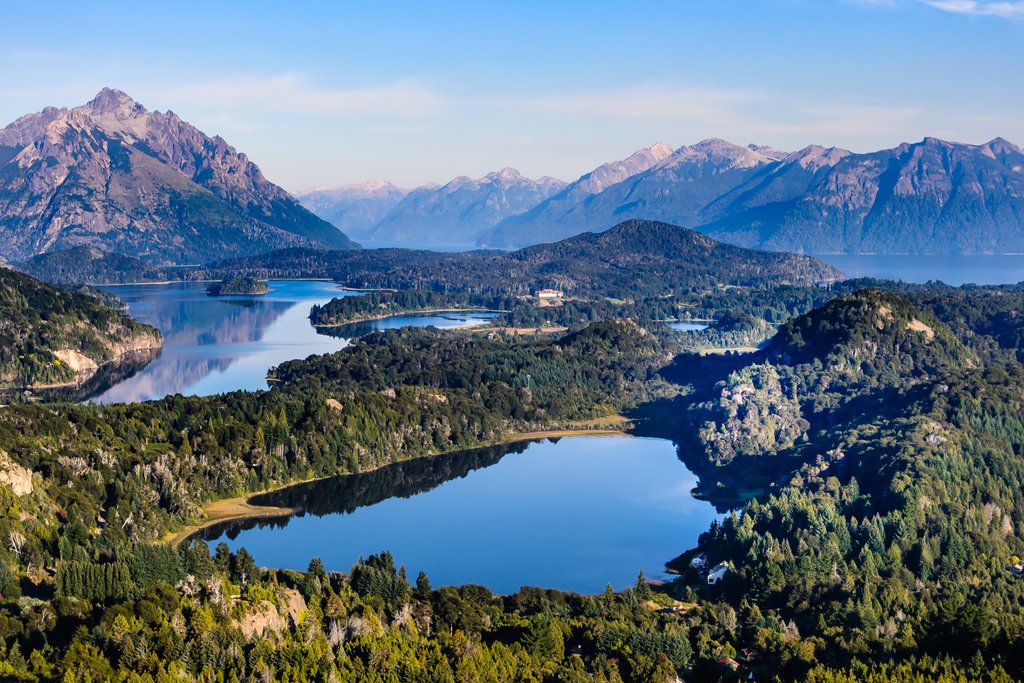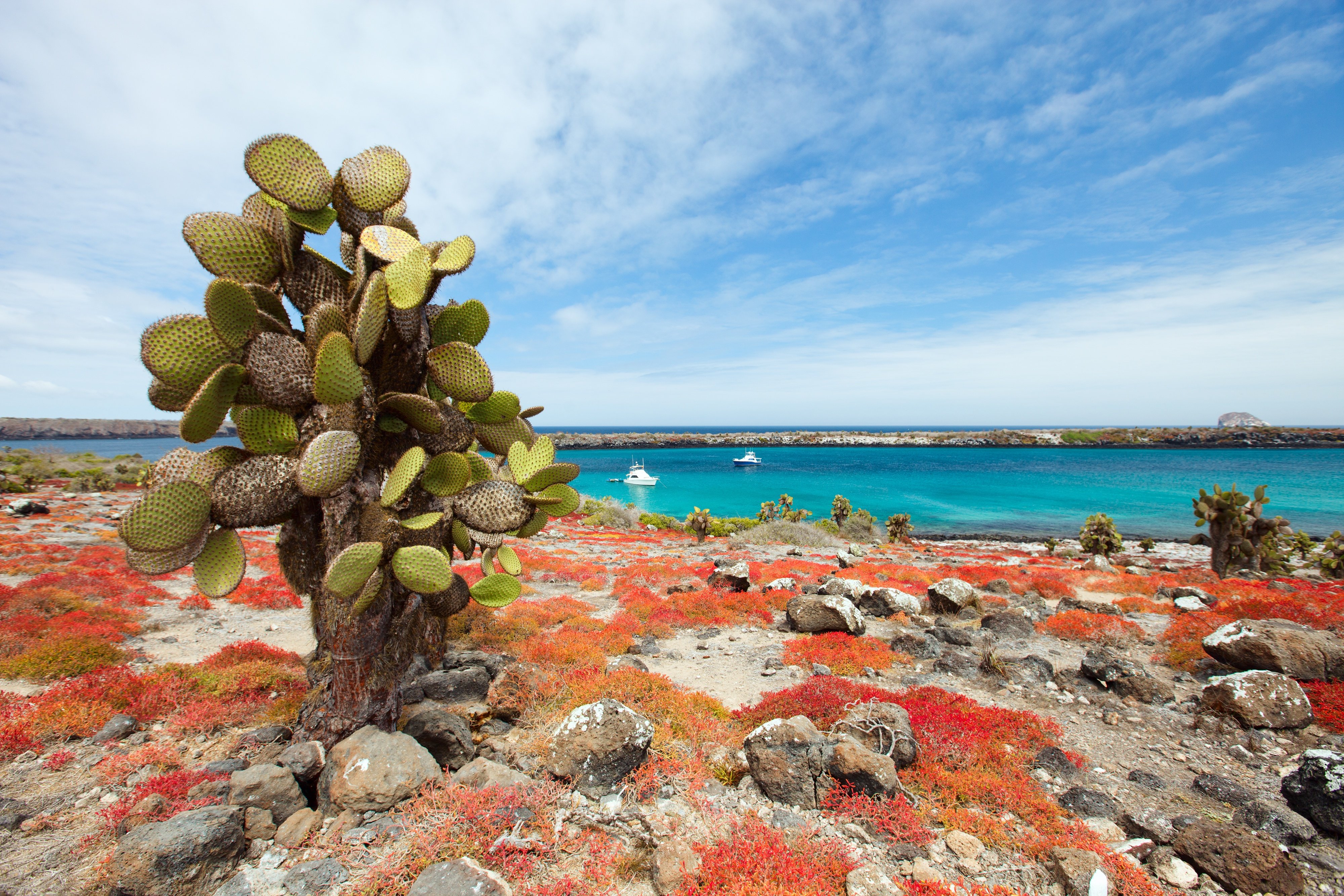We know the classic Inca Trail to Machu Picchu is on many a bucket list but bear in mind that Inca Trail trekking permits sell out months in advance and even if you do manage to obtain a permit you will likely be setting off along the trail en masse with 500 trekkers and staff.
There are plenty of other less-crowded Inca trails in Peru that lead to more remote Inca sites, such as Vilcabamba and Choquequirao.
Here is a list of our Peru treks, not the classic Inca Trail.
Salkantay Treks:
Lodge-to-Lodge by Mountain Lodges of Peru – a 7-day trekking adventure on an Inca trail that passes through remote villages and over the 15,213-foot Salkantay Pass. No tents on this trek - you will stay in warm and cozy lodges with amenities that include hot showers, massage service, outdoor Jacuzzis, gourmet meals with wine. Five nights will be at four different lodges along the trail. The final night will be at a hotel in Aguas Calientes.
The Salkantay Lodge-to-Lodge Trek itinerary
.jpg?width=940&name=MLP%20salkantay%20trek%20(1).jpg)
Salkantay, Condors and Machu Picchu - An ecological adventure that will take you hiking along the Salkantay Trail, across pristine mountainsides while sighting condors, passing glacial lakes, picturesque villages and ancient Inca citadels. You will be based at two ecocamps over four nights, strategically located along the Salkantay Trail, within the great Vilcabamba Mountain Range.
The luxury camping experience includes gourmet dining and overnight accommodations in comfortable domes with private bathroom, wood burning stove and plenty of blankets to keep you warm.
Interested in a free Ebook about combining a trip to Peru and the Galapagos? 
Salkantay, Condors and Machu Picchu Trek itinerary
Lost World Adventures also offers private multi-day Salkantay treks with tent camping. These treks follow the same route as the lodge-based treks and are fully-supported with guide, crew, mules and drivers.
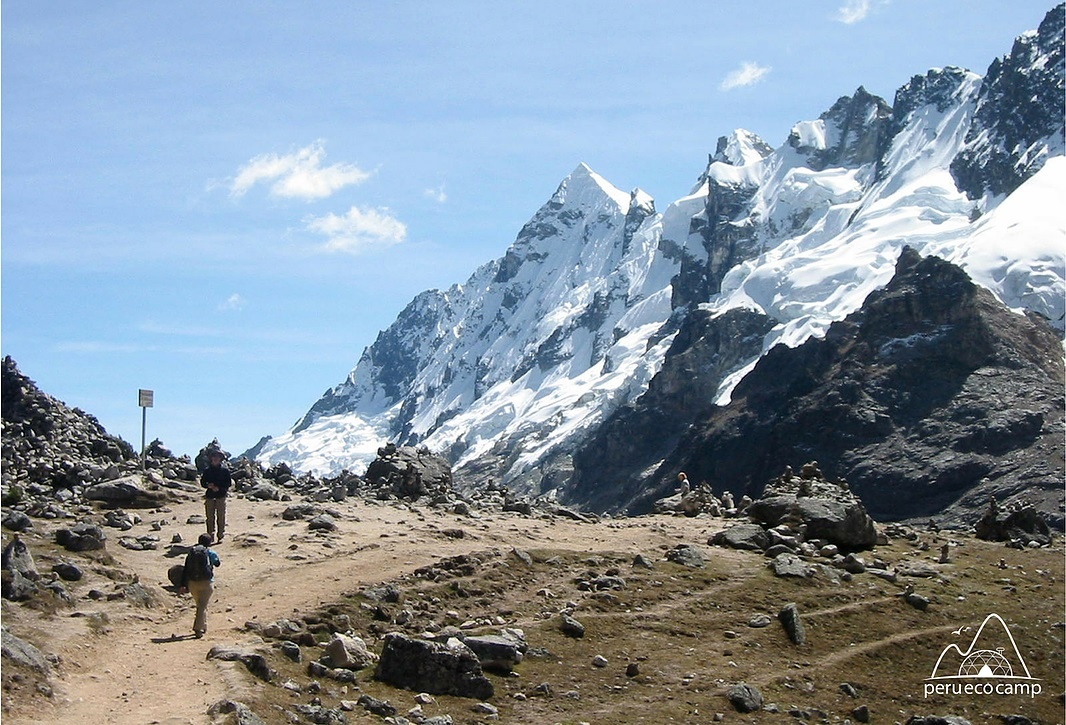
Lares & Sacred Valley Adventure to Machu Picchu:
The Lares Valley is home to traditional weavers and farmers. Most of the villagers speak Quechua. There are several trails and routes in the Lares Valley, passing through small villages and across mountain passes. All Lares treks will finish at Ollantaytambo, from where you will take the train to Machu Picchu.
Lodge-to-Lodge by Mountain Lodges of Peru –5-day and 7-day itineraries Lost World offers 5-day and 7-day versions of the Lares trek. Overnight at Lamay and Huacawasi lodges, a hotel in Ollantaytambo and the final night in Aguas Caliente (or at the Machu Picchu Sanctuary Lodge).
5-Day Sacred Valley Lares Adventure to Machu Picchu itinerary
7-Day Sacred Valley Lares Adventure to Machu Picchu itinerary
Lares and the Weavers Trek – a short 4-day version of the Lares trek. You will be tent camping.
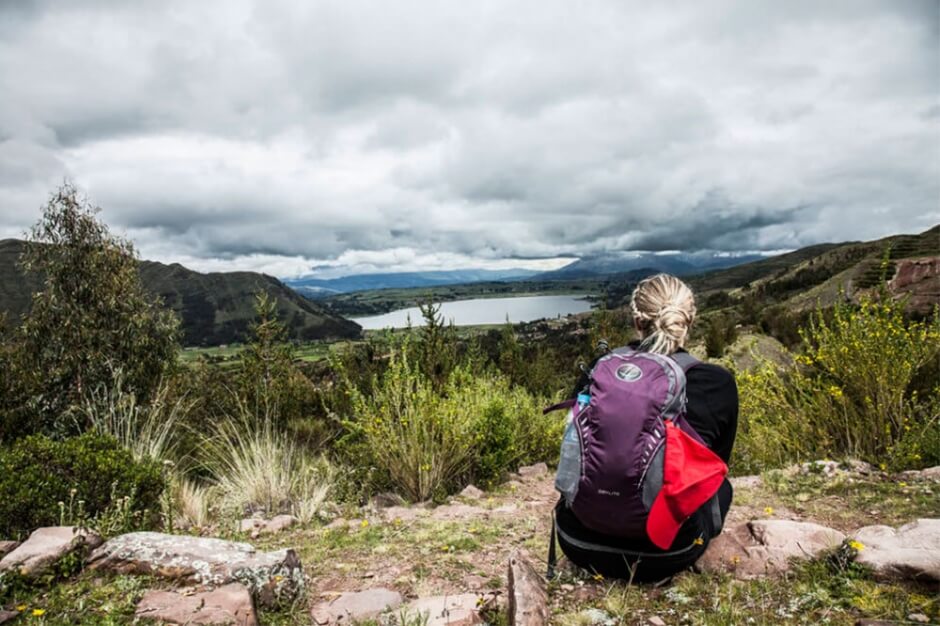
Moonstone to Machu Picchu – a 5-day trekking adventure, not the Inca Trail.
This is not a lodge-to-lodge trek. You will be based at campsites and sleeping in tents for three nights, the fourth night at a hotel in Aguas Calientes. The trek is private and fully-supported with guide and staff (porters and cook). The Moonstone Trail is hardly visited and you will not encounter many other trekkers on your way to the Sun Temple. The name of the trek comes from a sacred Inca shrine, known as Quillarumi (Moonstone in the Quechua language) that you will visit on the first day. The route crosses the 15,170-foot Accoccasa Pass on the second day.
On the third day the trail continues westward, gradually descending the high valley to the headworks of a now-abandoned Inca aqueduct which transported water from the Chancachuco valley north to supply the otherwise-arid north-facing slopes above Ollantaytambo. This aqueduct once transported water across a sheer cliff face high above the Silque River. Cross another pass at over 12,900 feet and visit a spectacular ridge-top Inca shrine called Huayrapunku (Gate of the Wind), with an astonishing view towards Nevado Veronica (5,682m/18,637’) directly across the valley. The site offers unsurpassed views to the terraces and temple site of the royal town of Ollantaytambo, over 4,000 feet below. Constructed in the 15th century by the Inca emperor Pachacutec, the town was an important administrative and religious center. Descend, past the curious Inca administrative site of Llaqtallaqtayoq, to the campsite at the edge of the enormous Cachiqata quarry.
On Day 4 the route descends on a broad Inca road down through the lower quarry zone and stops at a key hilltop from where the worked stones were skidded down the steep slope to the Vilcanota River. Continue down and across the river to the famous Sun Temple in Ollantaytambo. Have time to explore the temple and the adjacent village, before catching a late afternoon train to Aguas Calientes where you will stay the night at a hotel.
On the fifth day you will explore Machu Picchu on a private tour and return to Cusco by train in the afternoon.
Contact a Lost World Adventures consultant for a detailed day-by-day itinerary.
Ausangate Trek – El Camino del Apu
This circuit trek forges a route around Mount Ausangate marked by four eco lodges. Ausangate is the most revered mountain (Apu) in the Quechua religion and the 2nd highest mountain in all of Southern Peru (6,384m). The rustic lodges do not have electricity and are located above 4,000 meters, but offer comfortable touches such as down comforters and the availability of 5-minute hot showers.
You will likely encounter thousands of alpacas and llamas along the trail in the aptly-named Glacier Valley of Phinaya. There are several high mountain passes to cross, all with spectacular and panoramic vistas. The route passes numerous high-altitude lakes (where lunches are usually served) and beneath massive glaciers.
Vilcabamba Trek
This is another camping-only trek. Today Vilcabamba remains covered by forest and shrouded in mystery. Evidence of its great Inca past is present everywhere, and adventurers are drawn irresistibly to the site. It is a beautiful and peaceful place. The Inca road passes through picturesque farms along the way. This is a more challenging hike that requires a higher level of fitness.
From the time of the Spanish conquest until 1572, the rebel Incas inhabited the area now known as Vilcabamba, an inhospitable region of mountains and jungle between the Urubamba and Apurimac rivers. In 1539, the first capital of this region, Vitcos, was abandoned by Tito Cusi Yupanqui after the death of his father Manco Inca. He moved his people deeper into the forest where he founded a new capital which is now known as Vilcabamba the Old. This last refuge was finally captured by the Spanish in 1572. By the beginning of the 20th century, Vilcabamba's original location had been forgotten and its very existence was doubted. Hiram Bingham, the discoverer of Machu Picchu and Vitcos, made a brief visit to the site in 1911, found a few ruins among the dense vegetation and declared the site of little importance. He believed that he had already discovered the site of Vilcabamba old at Machu Picchu. In 1994 another American, Gene Savoy, retraced the route taken by Bingham to Espiritu Pampa. After a detailed study of the Spanish chronicles, Savoy concluded that Machu Picchu did not match their descriptions of Vilcabamba and that Espiritu Pampa fitted them perfectly.
The trailhead is at Huancacalle (about an 8-hour drive) and usually arrives at Espiritu Pampa and Vilcabama the Old three days later, depending on your pace.
Trek itineraries are private and can be arranged from 5 to 7 days, including nights in Huancacalle.
Choquequirao Trek – 4 days/3 nights
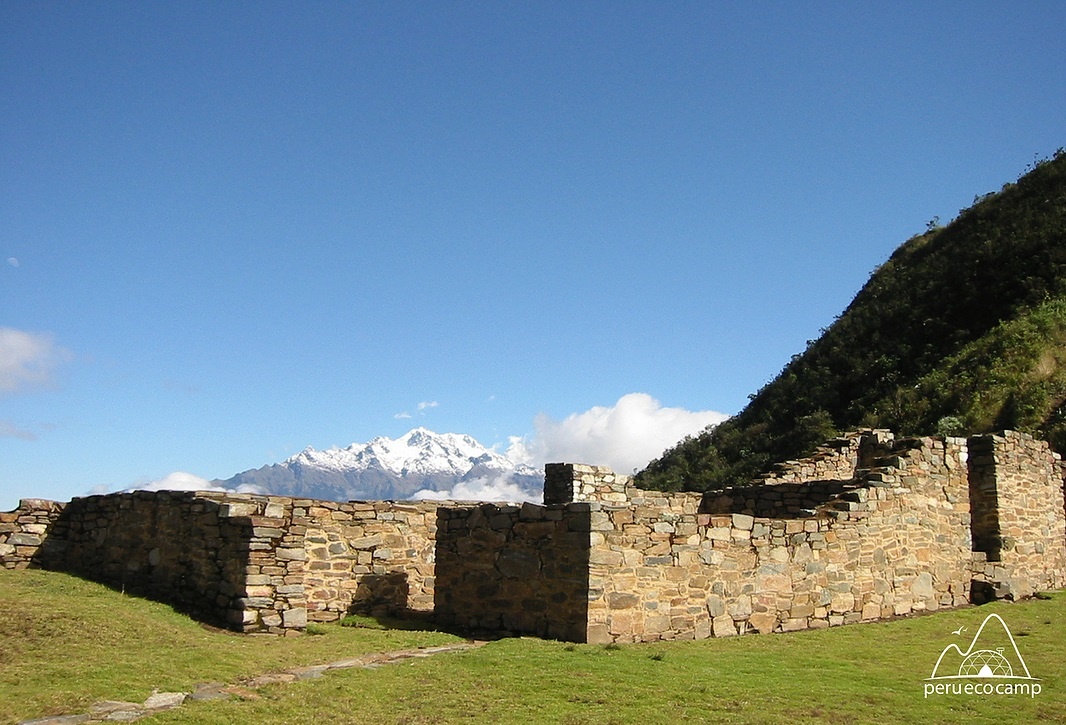
Another supported and guided trek with tent camping. Your crew will include mules and their drivers. Part of the route is along the edge of the Apurimac Canyon, with the Apurimac River well over 6,000 feet below you. There will be fantastic views of Salkantay across the valley. You will visit Inca sites missed on other treks, such as the fascinating and unique Inca site of Saywite. Descend and cross the Apurimac. The first night’s campsite is at Playa Rosalina on the river’s edge or about half-way up at Santa Rosa.
Choquequirao, an Incan archaeological complex not unlike Machu Picchu. Terraces, plazas and structures are distributed in 12 sectors.
On Day 2 you will make the steep ascent to the ruins of Choquequirao. The path will lead through dense cloud forest for about two hours, when you will finally get the first view of the citadel on a spur ahead of you. Another two hours walk, with Choquequirao now almost constantly in sight, leads to your destination. Here you will have the rest of the day to relax, explore the ruins and, hopefully, see some condors. These great Andean birds with a wingspan of up to three meters, tend to rise up from the floor of the canyon on the afternoon thermals, providing visitors on the central plaza of Choquequirao with a magnificent show. That night, after an unforgettable sunset and a good meal, you will camp close to the ruins.
On Day 3 you begin the return to Cusco the same way you came in.
Alternately, you can continue the trek another 3 or more days along the Salkantay Trail to Machu Picchu.
More in our "Things to do in Peru" series
How about a free consultation with one of our travel experts to find out which trek is best for you? Click here to get started.

.jpg)


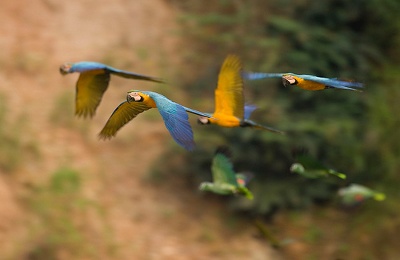
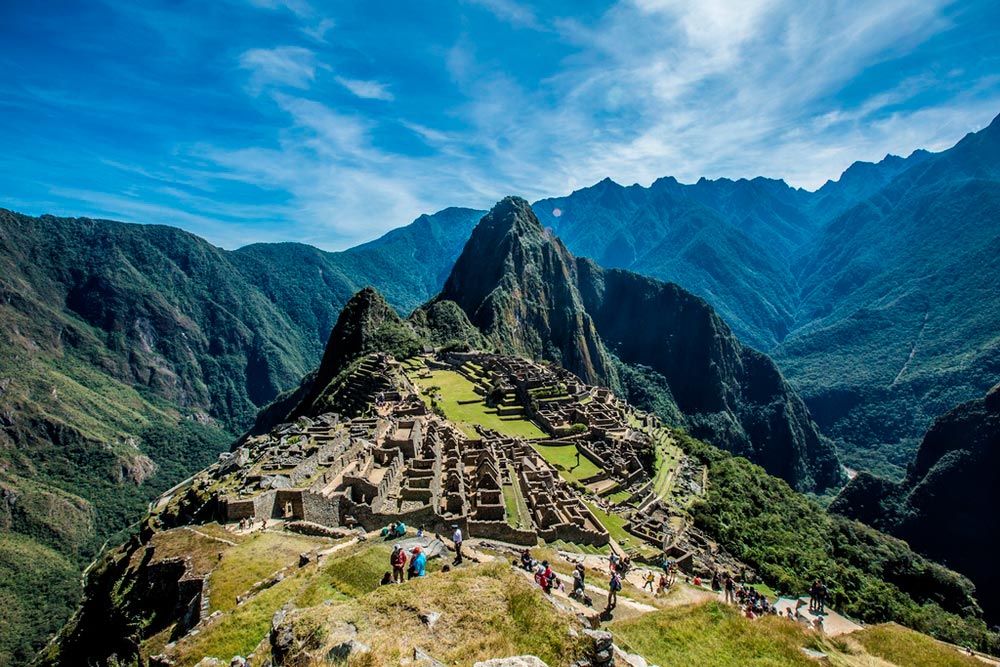
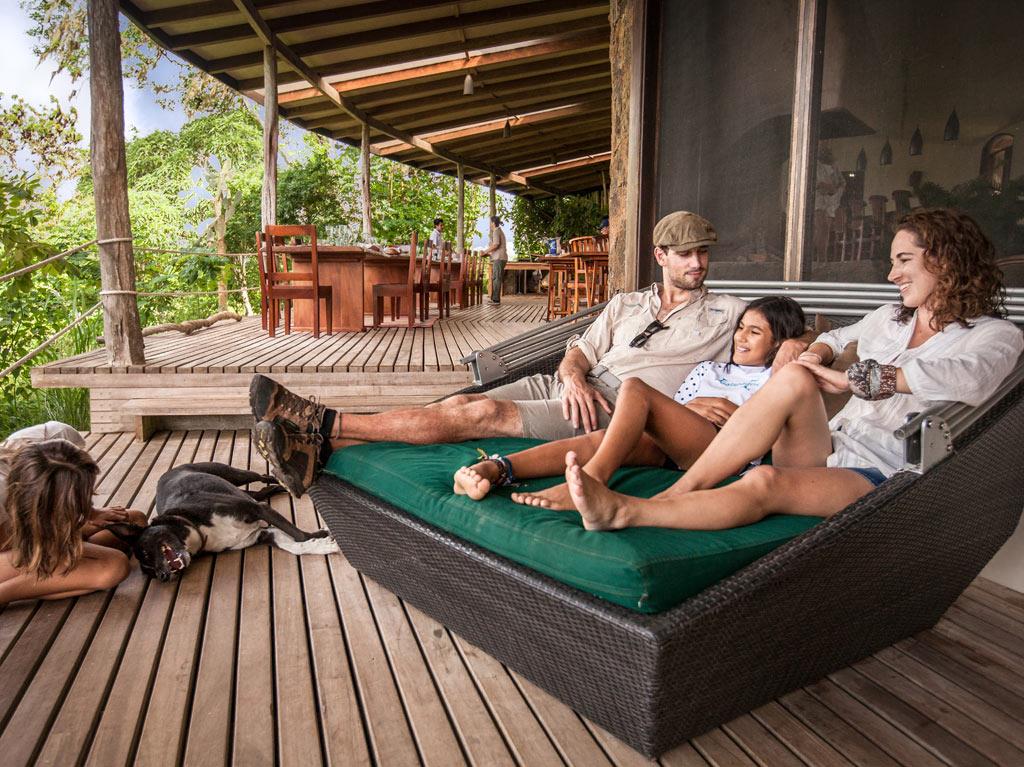

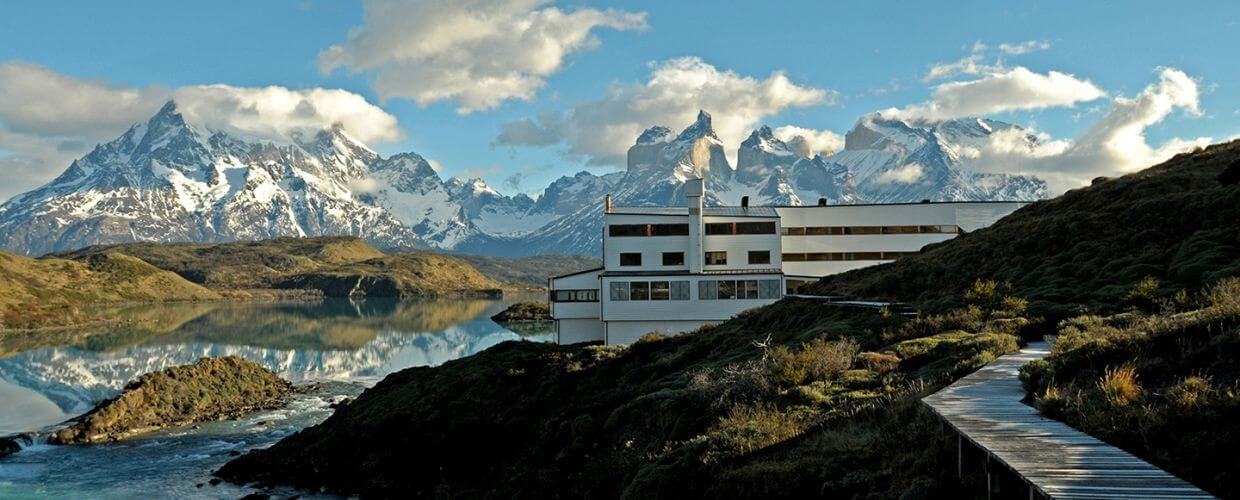
.jpg)
